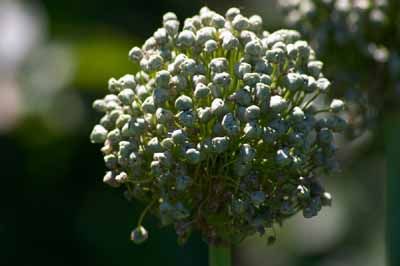Two of the most difficult aspects of gardening are understanding the difference between soil types and knowing what soil to use. Soil classification is based on the soil particles' texture and size. Most soils are composed of sand, silt and clay. While silt and chalk have similar textures, silt is easier to use and more versatile than chalk. Silt's fine particles are what give it a slippery, smooth texture, and it's these particles that make it easy to compact silt soil. The fact that silt is so compactable makes it easier to keep nutrients and moisture in place for prolonged periods of time. Silt is considered a good compromise soil between clay and sand, since its weight and density are in between these two other types of soil [source: Gardening Data].
While silt's known for its ability to be compacted, this very trait can also be problematic. For one thing, the tightly packed soil prevents water from leaving it, which is a problem for certain plants. Furthermore, water and air tend to have a hard time accessing the roots when silt soil is used. There are techniques that you can use, however, to deal with these issues. For example, you can add compost to the silt's top layer, or just turn this layer over a few inches periodically. Either method will result in the compacted soil being broken up.
Advertisement
Once you've solved the problems raised by compaction, the next step is to start planting. Moisture-loving plants in particular tend to thrive in silt soil. Vines, lush grasses and richly colored flowers are some examples of plants that are especially well-suited for silt soil.
Advertisement
